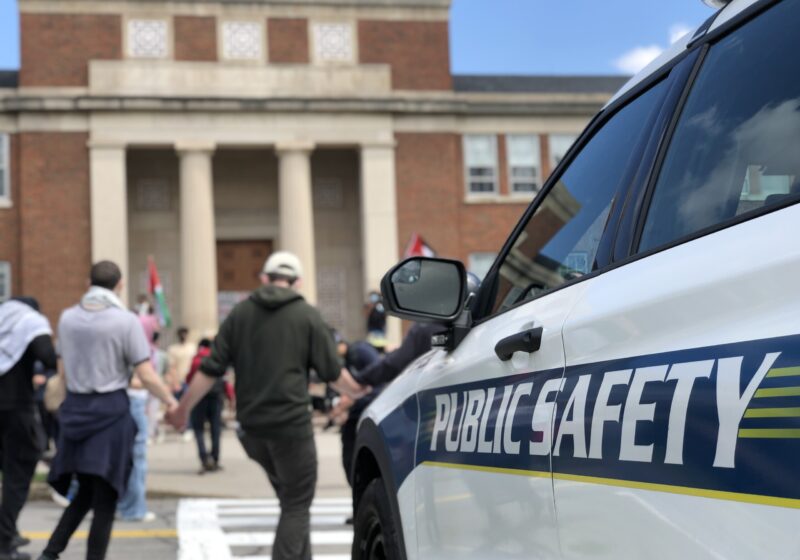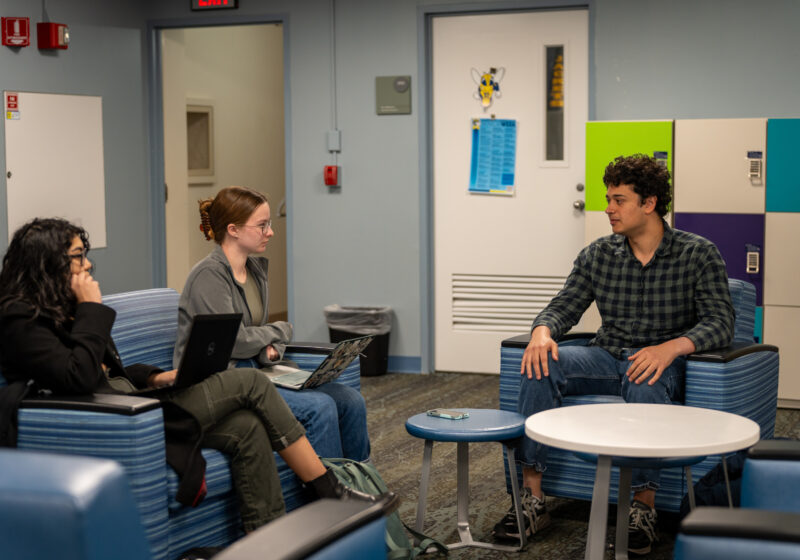There are three large grants ranging from $700,000 to $1 million each given to the Noble, Goldman and Benraiss labs for the investigation of well-defined research problems. Five smaller grants of no more than $330,000 were awarded to UR researchers for innovative, discovery and exploratory projects.
In the past, stem cell biology has generated a great deal of controversy because of the use of embryos. In recent years, however, research focus has shifted to manipulate adult stem cells reserve cells in the body that don’t specialize until they are needed later in life.
Researchers of stem cell biology choose to ask different questions about this process of specialization. Scientists believe that all cells have the same genetic information, but a skin cell acts differently from a blood cell because different genes mark the cell as a skin cell. This information can potentially be used for a wide range of applications, from stopping tumor growth to regenerating damaged tissue.
‘In our lab we have several groups of people working on different aspects of stem cell research,” sophomore Alex Sargent, who works in the Goldman lab, said. ‘The question of each group may be different and always changing as new things are learned, but all of it is related to stem cells.”
Co-director of the Center for Translational Neuromedicine Dr. Steve Goldman and his lab is trying to find differences in gene activation among tumor, normal and stem cells in the brain. The rationale is that if we know the signal that turns a normal cell into a tumor cell, we can target drugs to shut off that signal and stop tumor growth.
The lab is hoping to target different gene expression in tumor cells and prevent tumors from growing. After nearly 20 years of research in molecular assays and animal models, Goldman believes that clinical applications are not far off.
In his lab, Dr. Abdellatif Benraiss is working to induce new neurons as a regenerative strategy for neurodegenerative diseases such as Huntington’s Disease.
On the other side of the spectrum, smaller research efforts supported by NYS are further from immediate clinical relevancy. Research Assistant Professor Dr. Tirumalai Rangaswamy, for instance, believes it will take 15-20 years for his research on pulmonary (lung) emphysema to be clinically applicable.
Other recipients of small grants include Dr. Xingping Zhang, Yi Zhang and Archibald Perkins.
URMC has an established history of supporting stem cell research. In 2006, UR was one of 17 universities in the state that petitioned Albany to fund stem cell research when federal funds were limited.
In 2007, UR Medical Center CEO Bradford Berk was appointed to the Empire State Stem Cell Board to oversee distribution of state money. To date, UR researchers have received $8.1 million in funding from the board.
‘Stem cell and regenerative medicine represents one of the scientific foundations of the Medical Center’s strategic plan for growth in biomedical research,” Berk said in a press release. ‘These grants represent critical resources necessary to advance our understanding of stem cells and bring these discoveries into new therapies for a host of diseases.”
Overall, the opportunities from stem cell research funding still resonate with students at UR.
‘Considering the potential medical benefits that can arise for treating problems through stem cell research, I do think [stem cell research] is worth supporting,” junior Sumee Alagapan, a psychology major who works in Dr. Benraiss’ lab said. ‘There are many other things that the state could save on, but this is not one of them.”
Gaza
Gaza solidarity encampment: Live updates
The Campus Times is live tracking the Gaza solidarity encampment on Wilson Quad and the administrative response to it. Read our updates here.
Gaza Solidarity Encampment
Live updates: Wallis Hall sit-ins
Editor’s Note (5/4/24): This article is no longer being updated. For our most up to date coverage, look for articles…
influencer
Riseup with Riseman
“I decided to make one for fun — really poor quality — and I put it on my Instagram just to see how people would react," Riseman said.


